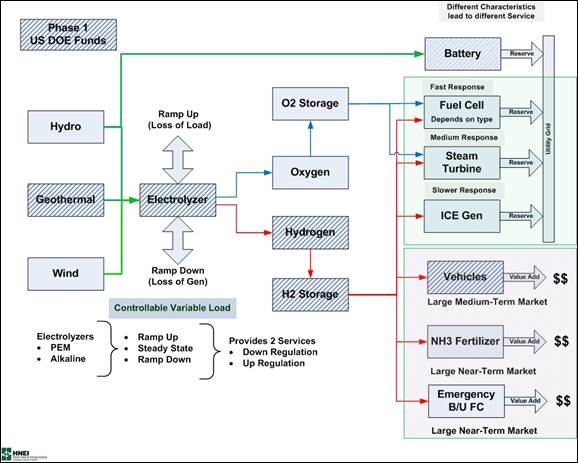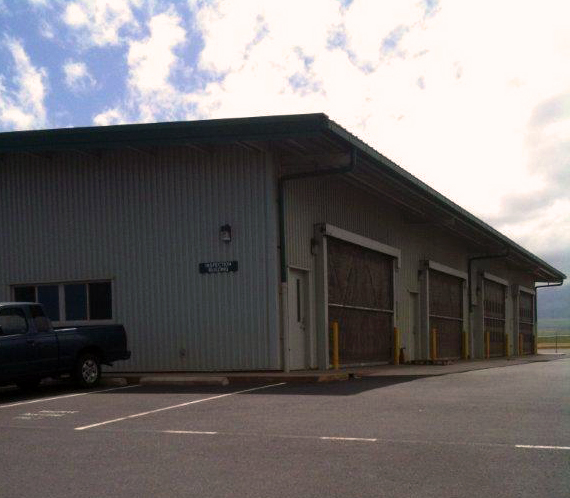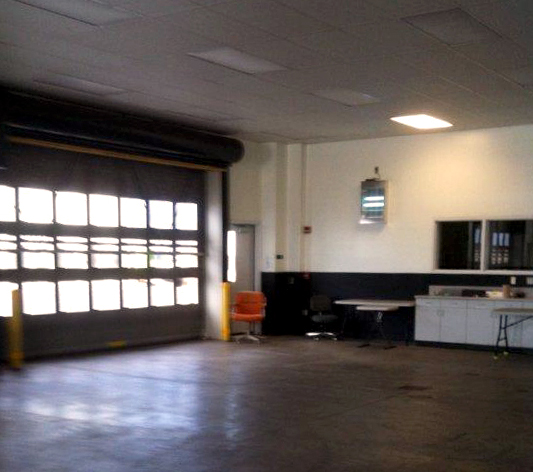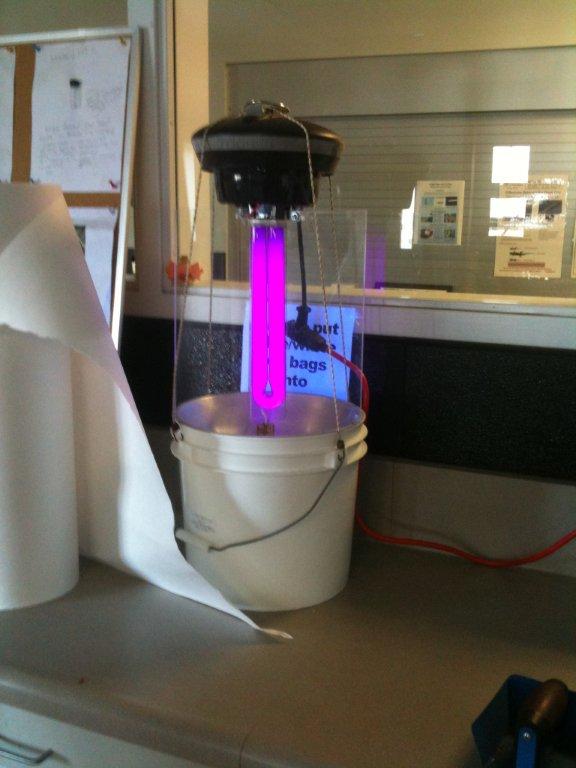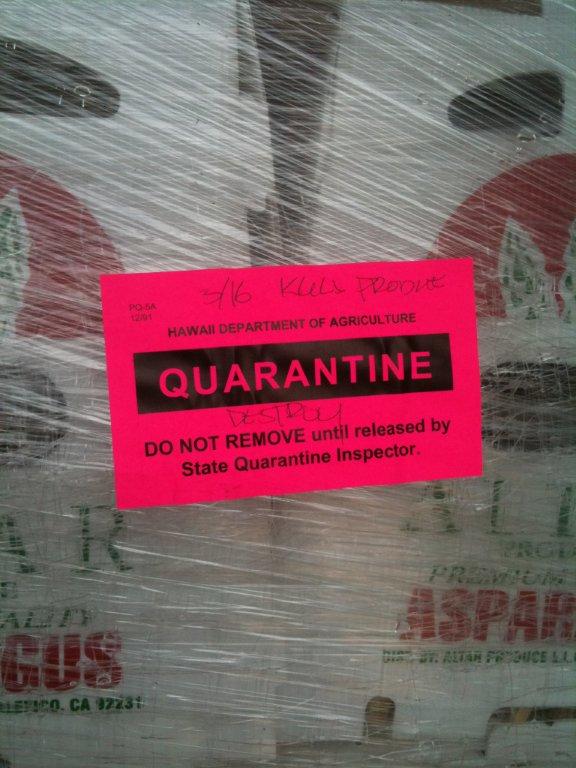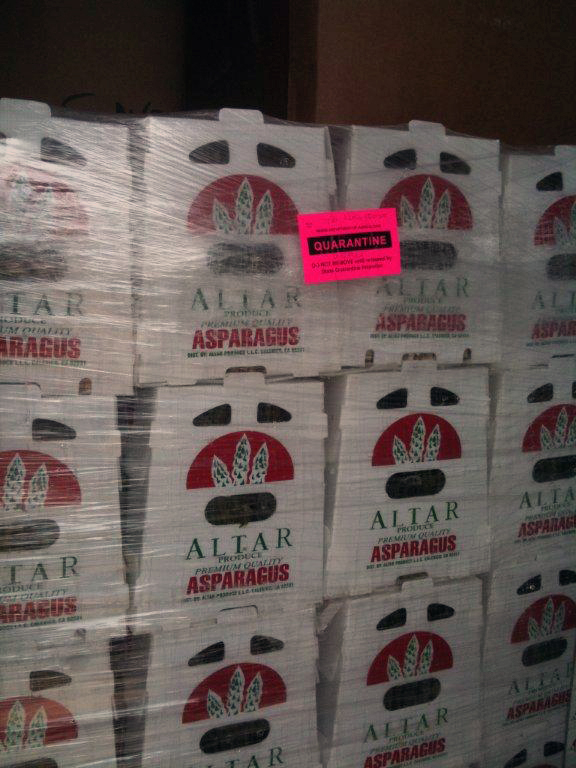Wally Ishibashi and I are co-chairs of the newly formed Geothermal Working Group, which met for the first time on Wednesday. Here is some video of the meeting.
The group was formed by a resolution introduced by Senator Russell Kokubun and will be exploring the possibility of using geothermal as the Big Island’s primary base power source. Mayor Kenoi has put the full power of his office behind this effort.
Wally and I are both aware that the world has changed forever and that the days of cheap oil are gone forever. We both are very concerned about the effects of rising electricity costs on the “rubbah slippah” folks. So we concentrate on how to make it cheaper.
The Geothermal Working Group consists of Carlito Caliboso, Chair of the Public Utility Commission; Patrick Kahawaiola’a, President of the Keaukaha Community Association—cultural representative; Ted Peck, the State Energy Administrator in DBED; Jay Ignacio, President of HELCO; Nelson Ho, President of the Moku Loa group of the Sierra Club; Robert Lindsey, Hawaii Island OHA trustee; Jacqui Hoover, executive Director HLPC-West Side Representative; Barry Mizuno, HIEDB; Wally Ishibashi, Big Island Labor Alliance, co-chair; Richard Ha, Hamakua Springs, co-chair.
This is a group of people who can get things done. And because this is so important, we will get things done.
The world is changing and it’s no longer business as usual. It’s hard to say all this without sounding like an alarmist, and I don’t want to do that. But this is pretty serious and we don’t have the luxury to philosophize about it. There’s no time.
Here are articles from the Hilo and Kona papers today about Wednesday’s meeting:
http://www.hawaiitribune-herald.com/articles/2010/06/03/local_news/local02.txt
http://www.westhawaiitoday.com/articles/2010/06/03/local/local03.txt
And these are the introductory comments I made at Wednesday’s inaugural meeting of the Geothermal Working Group:
Aloha everyone for taking the time to help us analyze the possibility of using geothermal for the primary base power for the Big Island. Thanks to the Big Island Labor Alliance and its geothermal committee and Senator Kokubun who introduced resolution SCR99 in the legislature. And to Mayor Kenoi and the County of Hawaii for their strong support for the working group efforts.
We are here today at the first meeting of the working group and we are charged with providing an interim report 20 days before the start of the 2011 legislative session. We do not have much time to do our work.
The winds of change are blowing across the world. The end of cheap oil is upon us and it will change our lives forever. The less fortunate among us are especially vulnerable. Unlike most people in the world, however, we have an opportunity to adapt and cope effectively. If we are wise, we will find ways to use this gift of geothermal energy to help us cope.
I was the only person from Hawaii to attend the Peak Oil conference in Houston in 2007 and again this past October in Denver. Peak Oil is not about running out of oil. We won’t ever run out of oil. We are running out of cheap oil—the oil we can afford to burn.
The first thing I learned at the conferences was the concept of Energy Return on Investment (EROI). Organisms, societies and civilizations operate on the idea of excess energy. It takes excess energy for a species to survive. Take the cheetah — it needs to run down, catch and eat the antelope to get enough energy to feed the kids, miss a couple more, feed the kids and still have the energy to catch another. It takes excess energy for a species to survive and prosper. Without excess energy, the species goes extinct. So it is with societies and civilizations.
In the 1930s, the energy in one barrel of oil got us a hundred more barrels; in the 1970s, one barrel got us 30. Now, because it is more difficult to find, one barrel gets us 10. This trend is not good. At some point, we will come to the point of negative EROI.
It is estimated that it takes a minimum EROI of 3 to 1 to maintain the petroleum infrastructure. Then there will be oil left in the ground, but it will just take more energy than we get out of it. So we just have to leave it. It is noteworthy that the EROI of biofuels is less than 2 to 1.
While the EROI of oil is 10 to 1 and steadily declining until no sense dig anymore, the EROI of geothermal is approximately 10 to 1 — and it will stay steady for centuries. According to HELCO’s website, geothermal energy costs approximately 11 cents per KWH. It is, by far, the cheapest form of base power. Geothermal energy is proven technology; it is cheap and it is a gift for us to use wisely.
The other important thing I took away from the Peak Oil conference was the status of world oil supplies. Oil fields age naturally, and when accumulated we find that the world oil fields are declining annually at the rate of 4 million barrels per day. There are about 6 million barrels per day of excess capacity. This means that just due to old age—4 million barrels per day—we will go through the excess capacity in less than a year and a half. After that, we must live on what we find. And we have not found giant oil fields since 1970.
To put things in perspective, Saudi Arabia produces a little more than 10 million barrels per day. To make up for the 4 million shortfall due to aging oil fields, we need to find the equivalent of a Saudi Arabia every two and a half years.
Can we do that? Most studies that I see don’t think so. Most likely, we will be able to make up half of the decline rate of the aging oil fields. So after we go through the reserves in a year and a half or less, we will then be short of what we are using today. That is why we know that we are coming to the end of the era of cheap oil.
But we on the Big Island have the gift of geothermal. It is cheap, it works and it can even be used for transportation. Soon, the Big Island will have some buses running on hydrogen.
And if we store it in the propane infrastructure, we can have a strategic reserve. Geothermal is the gift that we can give to future generations.
Although we are approaching the end of the era of cheap oil, things are very hopeful here on the Big Island. Although there are thousand reasons why no can, the question is will we be wise enough to find the one reason why, ‘CAN!’? That’s why we all are here.
Thanks for agreeing to do this important work.


